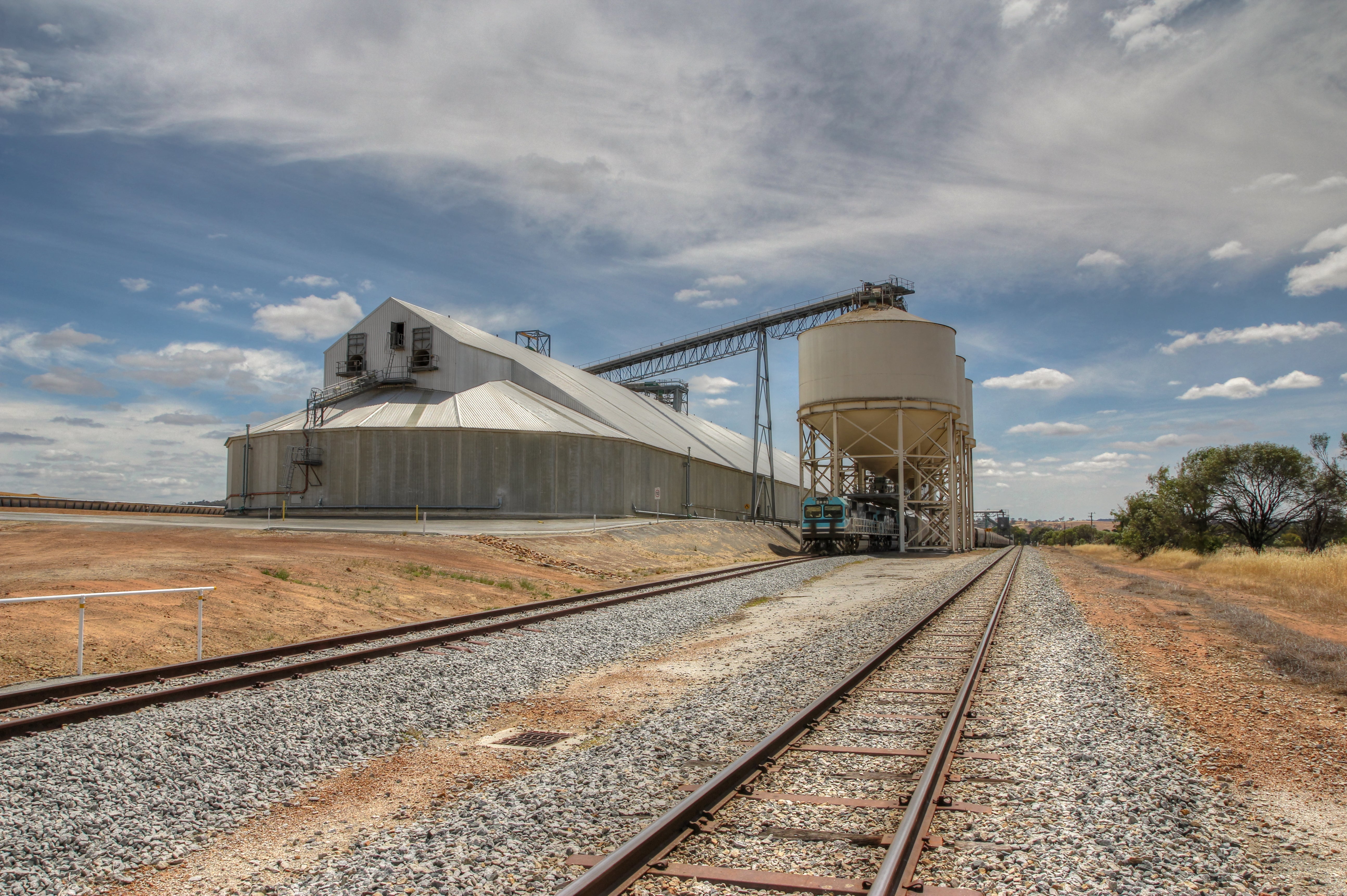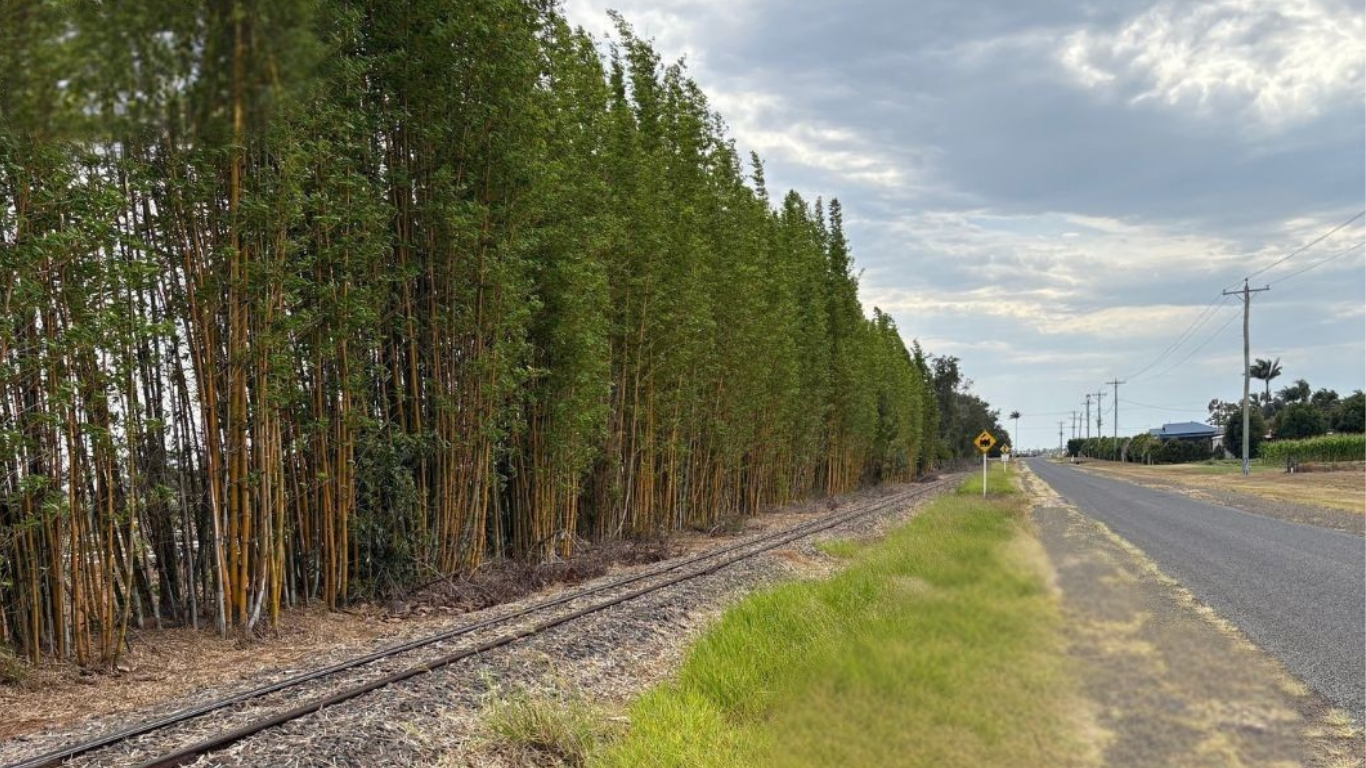
Advancing Weed Control on Australian Rail Networks
Australia's extensive rail network is vital for transportation and commerce. The network connects cities, regions, and industries across the continent. One of the challenges facing rail operators is the effective management of vegetation. Weed control is important to ensure the safety and efficiency of railway operations.
Techniques used in weed control on Australian rail networks have made major improvements in recent years. This article explores these innovations and their impact on railway safety and environmental sustainability.
Technology
Modern technology, such as drones and satellite imagery, has significantly improved vegetation management on rail networks. Remote sensing tools provide real-time data on the growth and distribution of weeds along railway tracks. Tools can be used to process this information, enabling rail operators to pinpoint areas that require immediate attention. This proactive approach streamlines maintenance efforts and reduces the risk of trackside vegetation causing disruptions.
Precision herbicide application has become a cornerstone of vegetation management on rail networks. GPS-guided sprayers and automated machinery deliver herbicides with remarkable accuracy. They can target weeds while minimising chemical drift. This approach enhances the effectiveness of weed control while reducing environmental impact.
Pre-Emergent Herbicides
Esplanade (containing 500g/L of the active ingredient Indaziflam) is a pre-emergent herbicide known for its distinct features. Esplanade offers long-lasting control against various weed types. This extended control lessens the necessity for frequent herbicide use, cutting down expenses and environmental effects.
By stopping weed seedlings' growth, Esplanade prevents them from becoming mature plants. These products have become important in managing vegetation on solar farms.
The active ingredient (AI) loading in Esplanade is quite low. This means that effective weed control requires only a small amount of the herbicide. Reducing the overall chemical load in the environment contributes to improved environmental sustainability.
Esplanade's extended activity period is a significant benefit for road network managers. It provides control over an extended timeframe, reducing the frequency of herbicide applications. This not only saves time and resources but also minimizes disruptions to road users and nearby communities.
Esplanade can achieve control of weed species such as serrated tussock, Chilean needle grass, and African lovegrass. Its ability to target these problematic weeds contributes to improved safety and infrastructure protection.
Find more information about Esplanade here:
Biological Controls
Biological control methods have gained traction in weed management along rail lines. Introducing natural predators, herbivores, or pathogens that specifically target problematic weed species reduces the reliance on chemical herbicides. Biological control is selective, sustainable, and aligns with environmental conservation efforts.
Mechanical Controls
Mechanical weed control has evolved with the introduction of specialised machinery and robotics. GPS technology guides automated weed cutters and mowers, enabling them to efficiently clear vegetation from rail corridors. These innovations enhance safety by reducing the need for manual labour in high-risk areas.
Collaboration
Rail operators are collaborating with environmental agencies, local communities, and indigenous groups to strike a balance between effective weed management and environmental conservation. These partnerships facilitate the adoption of sustainable and culturally sensitive practices that respect local ecosystems.
Knowledge and Training
Training and certification programs help staff stay updated on industry standards and practices. Properly trained staff are essential for safe and effective weed control. Training will reduce the risk of accidents and ensure compliance with railway safety regulations.
Advancements in vegetation management for weed control on Australian rail networks reflect a commitment to safety, sustainability, and environmental stewardship. Rail operators are using technology, precision herbicides, biological control, innovative machinery, sustainable landscaping, and collaboration to improve weed management along tracks. These innovations contribute not only to railway safety and reliability but also to the preservation of Australia's diverse ecosystems.
As the rail industry continues to evolve, the adoption of cutting-edge vegetation management techniques remains essential.
Additional content
VIEW GWS' ADDITIONAL CONTENT TO LEARN MORE ABOUT THE WEED INDUSTRY

Australia’s approach to wildlife and pest management is increasingly complex. What was once framed as a largely technical or ecological challenge now sits firmly at the intersection of environmenta...
Read more
Smarter growth management with Padre 270 for linear infrastructure and managed vegetation zones
As Australia’s linear-infrastructure networks expand, there is increasing need for low-impact, reliable and cost-effective vegetation management strategies. Padre 270 provides a practical, research...
Read more
Leucaena leucocephala: Weed Hygiene Case Study
Australia’s transport corridors are not just conduits for commerce—they are vectors for biological change. Leucaena leucocephala, valued as a forage crop, also threatens to invade new environments ...
Read more

